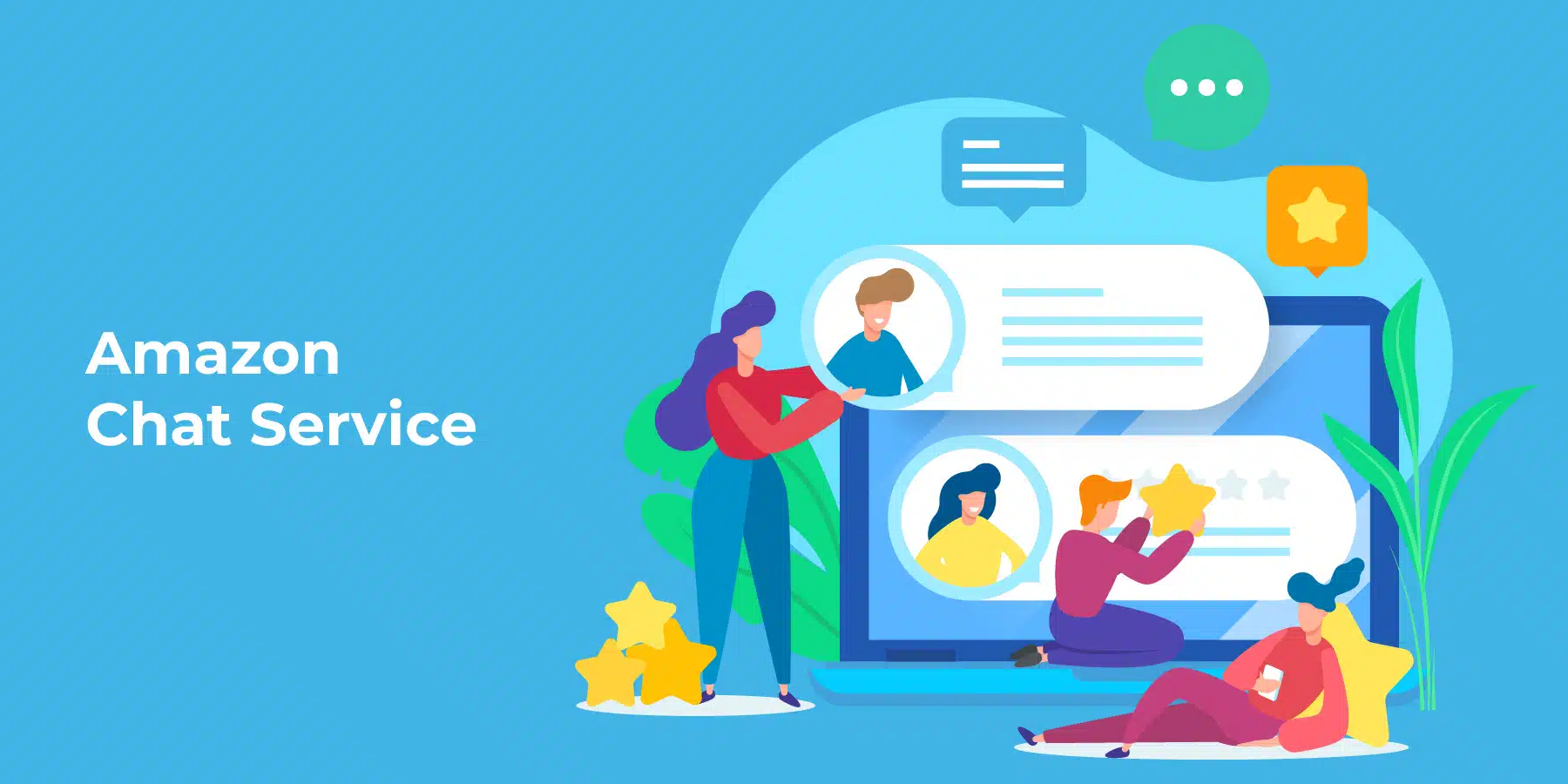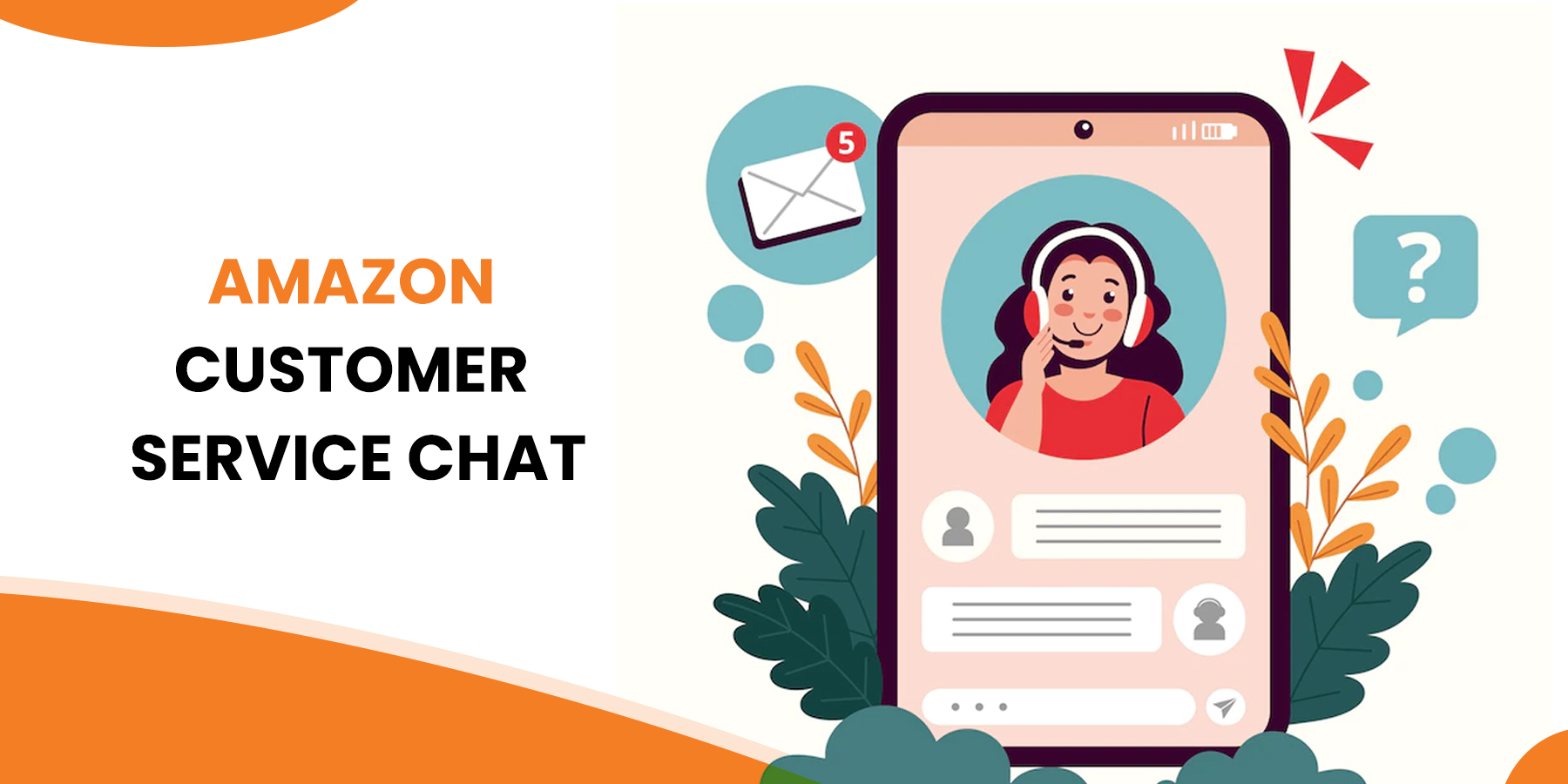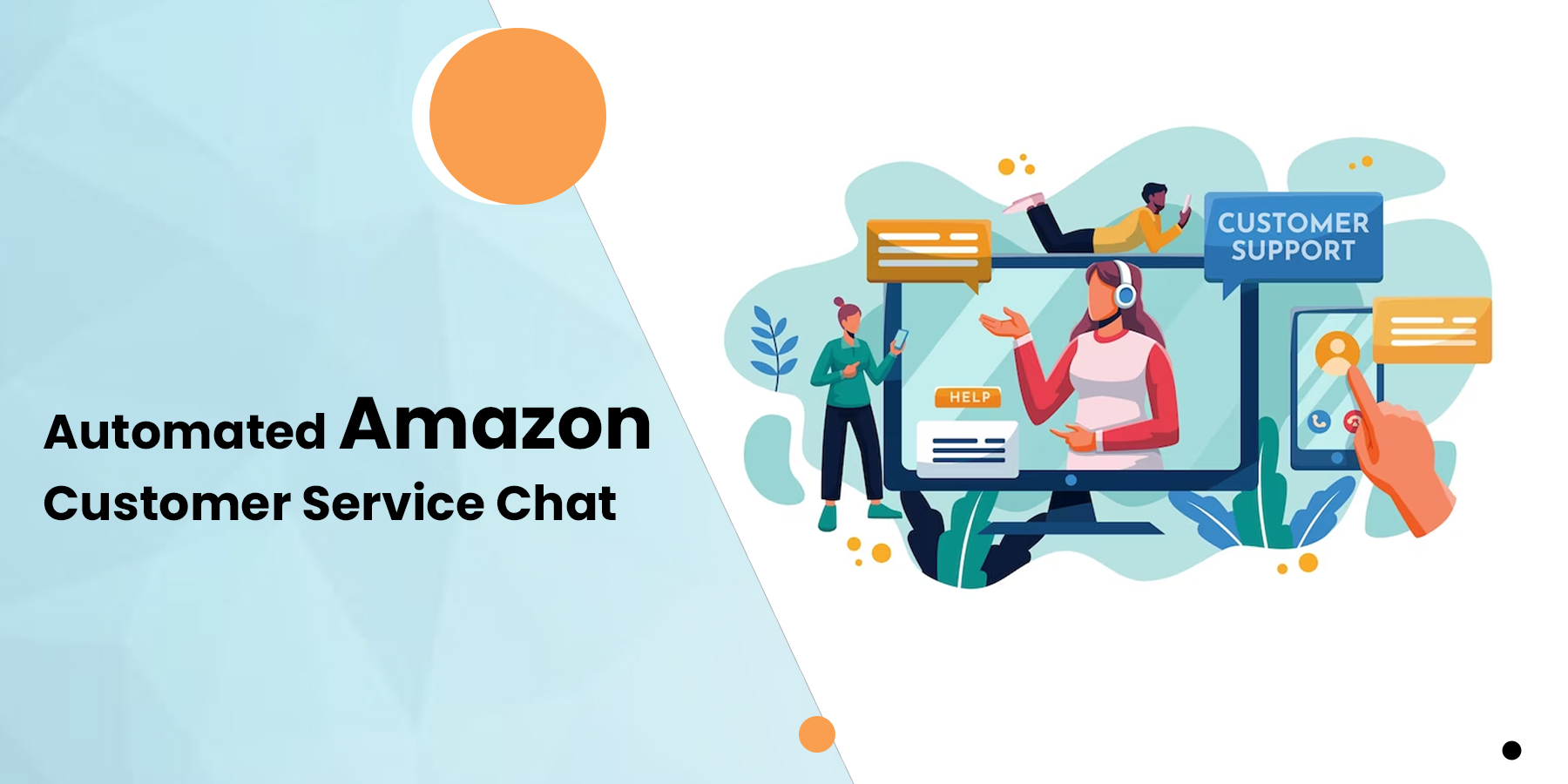Delivering superior customer experiences is paramount for businesses to stay ahead. Amazon Connect Chat offers a powerful solution that enables contact centers to provide consistent and seamless interactions across voice and chat channels. With the unified platform of this Amazon chat service, businesses can reduce agent training time. They can seamlessly transition between channels based on contact volume and benefit from centralized routing and reporting. It leads to improved efficiency and productivity.
Let us explore how Amazon Connect Chat empowers businesses to create exceptional customer experiences.
1. Unified Customer Experiences
Amazon Connect Chat allows contact centers to build once and deliver consistent customer experiences across both voice and chat channels. Agents can efficiently manage customer interactions using a single platform, seamlessly transitioning between voice and chat interactions. This unified approach of the Amazon chat service ensures that customers receive a cohesive experience, regardless of the communication channel they choose.
2. Streamlined Operations
Amazon Connect provides contact center managers with a holistic view of key operational insights across different service channels. By using the same contact flows for both voice and chat interactions, routing and reporting are centralized in this Amazon chat service, simplifying management processes. Contact center managers gain valuable insights into agent occupancy and productivity, leading to more informed decision-making.
3. Seamless Integration with Amazon Lex
Amazon Connect Chat seamlessly integrates with Amazon Lex, AWS's natural language understanding service. This integration eliminates the need for coding when adding natural language understanding-powered chatbots. Agents can leverage the same conversational AI bots used for voice interactions with this Amazon chat service. It ensures a consistent experience for customers. The context of conversations can be automatically passed to human agents when necessary. It enhances efficiency and provides a seamless transition.
4. Enhanced Customer Convenience
With Amazon Connect Chat, customers have the flexibility to start a conversation from any capable business application. The chat experience is asynchronous, allowing customers to engage with chatbots or agents at their convenience. Customers can switch devices and resume conversations without losing context, making interactions in this Amazon chat service hassle-free and uninterrupted. Additionally, chats are secure, encrypted, and compliant with all existing Amazon Connect certifications, ensuring the utmost data protection.
5. Native Integration with Apple Business Chat
Amazon Connect Chat offers native integration with Apple Business Chat, enabling agents to support customers through the popular iOS messaging application. This Amazon chat service integration provides a familiar and convenient channel for customers, enhancing engagement and satisfaction. Managing Apple Business Chat within Amazon Connect is seamless, utilizing the platform's contact flow configuration and routing capabilities.
6. Customizable Chat Widgets
To support customers through chat interactions, Amazon Connect allows businesses to add customizable chat widgets to their websites. These Amazon chat service widgets are hosted by Amazon Connect, ensuring reliability and the latest version availability. Businesses can configure the chat widget to align with their brand, customize fonts and colors, and secure the widget for exclusive launch from their website. The implementation process is straightforward, with a short code snippet provided by Amazon Connect.
7. Complete Control with Chat API
For businesses that require complete control over the chat experience, including hosting their own chat widget, Amazon Connect offers a chat API. This Amazon chat service API empowers businesses to craft a unique chat experience tailored to their specific needs. It provides flexibility and customization options to deliver exceptional customer service.
Conclusion
Amazon Connect Chat revolutionizes customer interactions by providing unified omnichannel tools and capabilities. It empowers contact centers to deliver consistent experiences across voice and chat channels, streamline operations, and gain valuable insights. With seamless integration with Amazon Lex, support for Apple Business Chat, customizable chat widgets, and a chat API for complete control, Amazon Connect Chat offers businesses the tools they need to elevate customer experiences to new heights.
If you require assistance with Amazon chat service, dyi is here to help. Their team of experts specializes in providing comprehensive support and solutions for Amazon sellers. Contact Vserve Amazon Listing Services today for reliable and professional assistance with your Amazon chat service needs.







